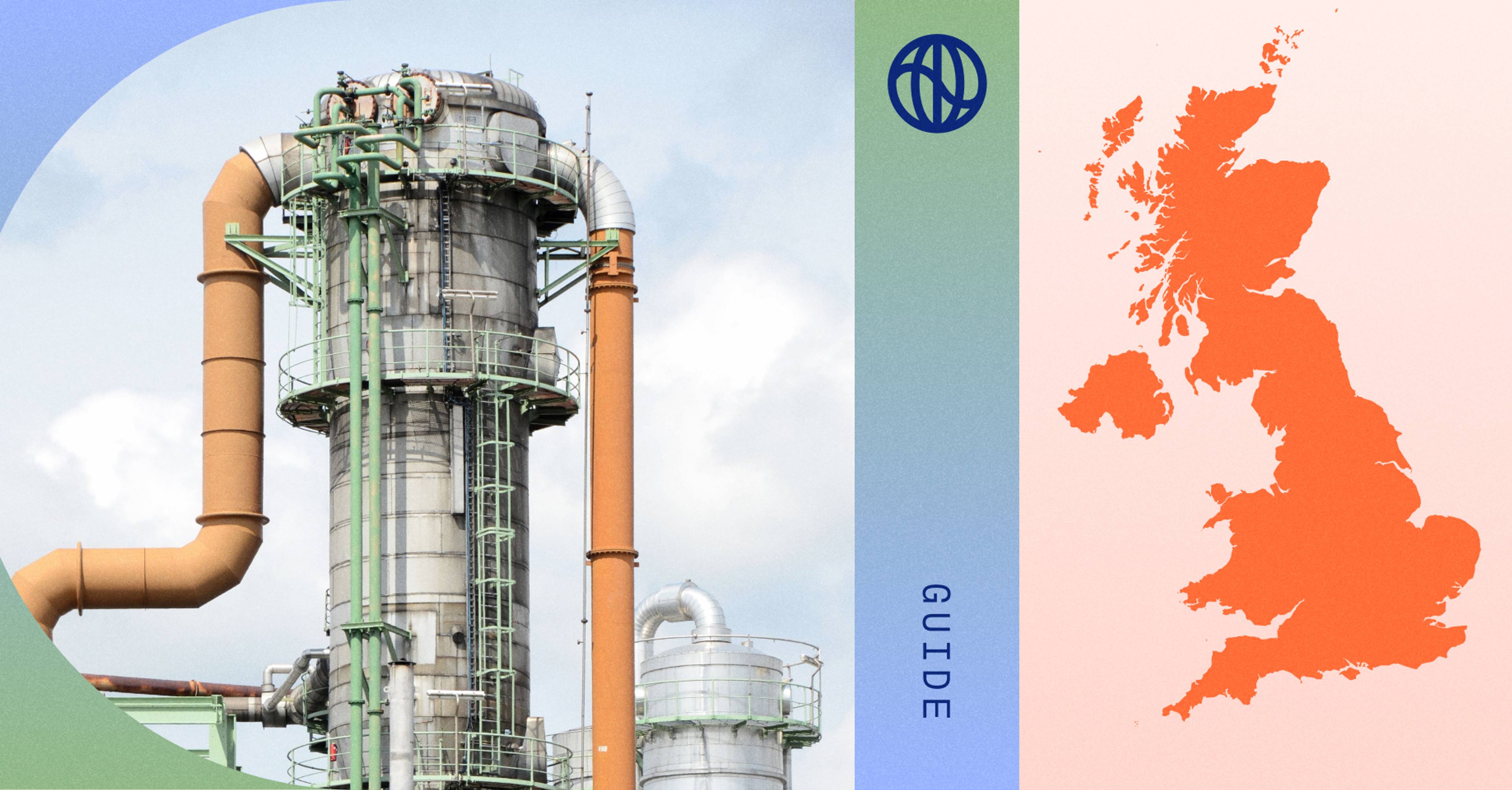Increasingly, ESG reporting is a standard for companies looking to IPO—and looking to increase financial performance. Per PwC, nearly 80 percent of surveyed investors view ESG risks as a major factor in their investment evaluations, and half would divest from companies they believe were failing to deliver on ESG commitments.
If you’re considering an IPO, or have already started the process, here’s what you need to know about climate reporting.
What are the benefits of disclosing ESG?
In Blackrock CEO Larry Fink’s 2022 letter to CEOs, he writes about how a dedication to sustainability influences the long-term success of a business:
“I believe the decarbonizing of the global economy is going to create the greatest investment opportunity of our lifetime. It will also leave behind the companies that don’t adapt, regardless of what industry they are in.”
Indeed, McKinsey reports that “[a] strong ESG proposition correlates with higher equity returns,” “higher credit ratings,” and “a reduction in downside risk.” Companies that receive high scores from ESG indexes receive discounted costs of capital (10% on average) and higher valuations as opposed to low-scoring ESG peers.
Meanwhile, sustainable funds are on the rise, hitting a record $330 billion in assets last year. 2021 was also a record-breaking year for the launch of sustainable and climate-aware funds, including funds that “tilt toward companies that consider climate change in their business strategies and therefore are better prepared for the transition to a low-carbon economy.” That’s a huge potential pool of capital that’s only available if you can clearly communicate your sustainability strategy.
And besides that, mandatory ESG reporting is becoming the norm.
What is mandatory?
In the UK and EU, we’re already seeing mandatory reporting standards. The Financial Conduct Authority (FCA) requires firms listed on the main market of the London Stock Exchange to report to TCFD standards—or explain why not. And rules from the Climate Related Financial Disclosures program (CRFD) impose requirements on larger firms with over 500 employees that are listed on the AIM market. We will see more roll out in the next two years. (Here’s more on that.)
In the US, all ESG reporting is voluntary, but in March 2022, the Securities and Exchange Commission (SEC) proposed a new set of disclosure rules. When they take effect, the new rules will require listed companies to disclose, among other things, how they handle “climate-related risks and relevant risk management processes.” (Here’s more on that.)
What am I disclosing?
Of the many reporting requirements out there, we recommend starting with the standards created by the Task Force on Climate-related Financial Disclosures (TCFD).
The TCFD standards are the foundation for UK and EU disclosure rules, and inform not only the SEC's proposed standards, but other new, centralized reporting frameworks, such as the International Sustainability Standards Board (ISSB). In other words, the TCFD is a common language for ESG, understood internationally by government and investor alike.
The TCFD includes 11 questions covering four categories:
- Governance: Describe your board’s oversight of climate-related risks and opportunities. How often is the board informed about climate risks? Does the board consider climate issues at major decision points? Valuable reporting here includes whether your company has assigned climate responsibilities to management, and how the board will keep up with climate issues.
- Strategy: Describe your organization’s climate-related risks and opportunities over the short, medium, and long term. Describe the impact of climate-related risks and opportunities on business, strategy, and financial planning. Not just that you want to be net zero by 2030, but how you’re going to get there, specifically. What does your supply chain look like? How energy intensive are you? How much water are you using? Think of the environmental KPIs here.
- Risk management: Describe how your company identifies climate risks, and how significant they are in relation to other risks. How are you managing and responding to current and future threats? How will you mitigate risks? How will you adapt to a changing regulatory environment?
- Metrics & targets: Disclose Scope 1, Scope 2, and, if appropriate, Scope 3 greenhouse gas (GHG) emissions, and the related risks. Describe your organization’s processes for identifying and assessing climate-related risks. What are your metrics: water, energy use, waste management? How will you measure them, and what benchmarks will you set to determine your climate progress?
Where to start
The TCFD offers recommendations on what you should disclose, but there’s no standard format; you incorporate disclosures into your annual reports. That said, you’ve got to start somewhere. The Institute of International Finance (IIF) developed a TCFD toolkit. Also, the TCFD offers “workshops in a box” and example disclosures.
Depending on the age of your company, potential investors will look for different things:
If you’re a younger company with a fairly small number of investors, your goal is to establish that you understand expectations and have a plan to meet them.
If you’re a more mature company, you may already have a few large filings under your belt. If the SEC implements its new rules, though, you’ll be expected to present a fairly advanced view of how you’re implementing ESG thinking — and consequently to have more sophisticated reporting.
Let’s look at an example. One of Watershed’s clients, the fleet-management company Samsara, laid out its ESG goals when it filed an S-1 in November 2021:
“We are also focused on carbon neutrality and have set ambitious sustainability goals for our own business. We believe we have achieved carbon neutrality by assessing our carbon footprint, including our scope 1, 2, and 3 emissions, including emissions from our final stage hardware suppliers and key service providers, and investing in carbon offsets through Native and 3Degrees, which are third-party carbon offset providers, as well as permanent carbon removal through Charm Industrial, a carbon removal provider, and clean power through renewable energy certificates."
Among other things, Samsara is tracking its emissions and specifically explaining how it’s working to reduce them through offsets and carbon removal. Your disclosures will be different; your company may need to focus on other risks and opportunities. But if you follow the TCFD’s recommendations in your reporting, you’ll be speaking the language of a large and influential community of investors interested in sustainability.
Watershed can help you begin the all-important work of measuring your company’s carbon emissions now. If you’ve already done your due diligence by measuring your carbon footprint, it’s time to take that next step and apply it to your IPO. We help companies like Airbnb, Warby Parker, and Walmart. Reach out to us to get started.












